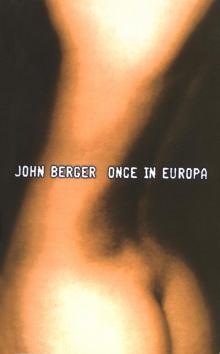 Once in Europa
Once in Europa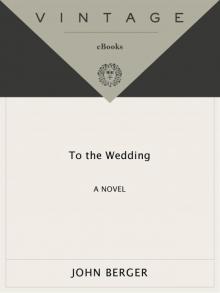 To the Wedding
To the Wedding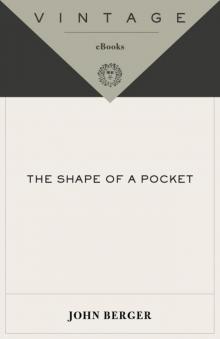 The Shape of a Pocket
The Shape of a Pocket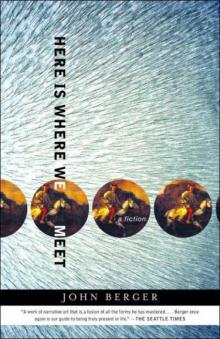 Here Is Where We Meet
Here Is Where We Meet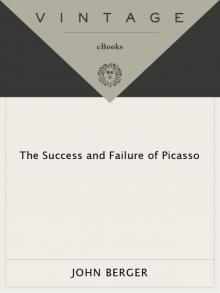 The Success and Failure of Picasso
The Success and Failure of Picasso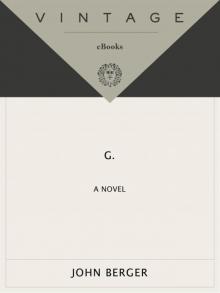 G.
G.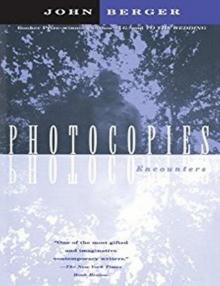 Photocopies: Encounters
Photocopies: Encounters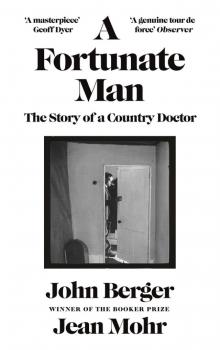 A Fortunate Man: The Story of a Country Doctor
A Fortunate Man: The Story of a Country Doctor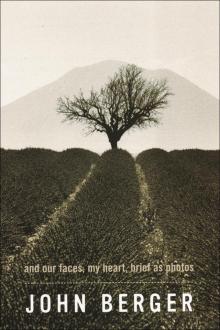 And Our Faces, My Heart, Brief as Photos
And Our Faces, My Heart, Brief as Photos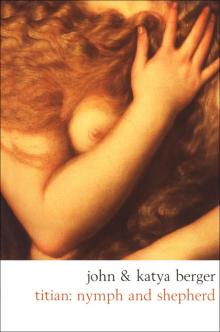 Titian
Titian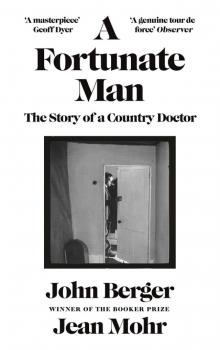 A Fortunate Man
A Fortunate Man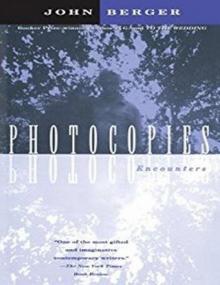 Photocopies: Encounters (Vintage International)
Photocopies: Encounters (Vintage International)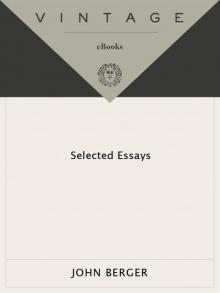 Selected Essays of John Berger
Selected Essays of John Berger